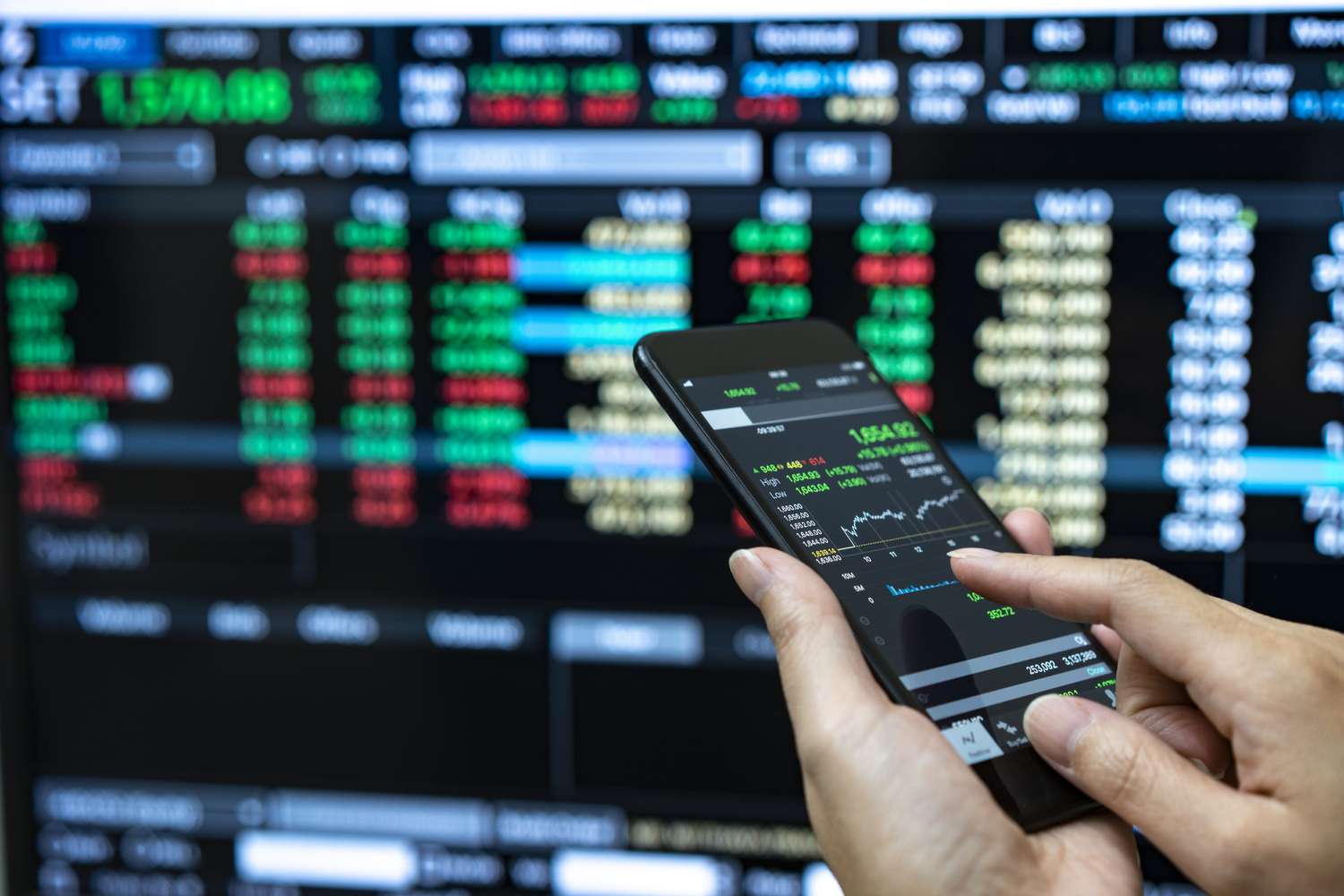Is it better to choose US dollar or other currencies?
The US dollar or the euro? Public money or private money? Two questions that seem to stand at the heart of the monetary debate, but only the former attracts any intention.

Traders and investors want to know whether US dollar dominance will continue or whether other currencies, like the euro or the renminbi, will muscle their way in and dethrone ‘king’ dollar. We have already spoken about this a lot. Another question that needs to be asked is whether you want your money to be publicly provisioned, through central banks, or privately provisioned through those that generate crypto assets or, more specifically in this instance, stablecoins. The answer could determine whether the US dollar does retain dominance or not.
Some countries, notably China, are following the road of public dominance as they issue Central Bank Digital Currencies (CBDCs). But other countries, notably the US, are seemingly opting for the private route. This week, the US Congress will likely pass the so-called GENIUS bill that seeks to regulate stablecoins. Critics say that the regulation will be quite loose with consumers, for instance, denied any protection should private providers go bust.
To some, the choice seems to be between the ultra-conservative public route favored by China and the ‘Wild West’ of the US, in which private-sector stablecoin providers compete to rule the roost. In some senses, competition to provide an alternative money seems good as it drives down costs. But despite stablecoins being backed 1:1 by liquid assets like cash or treasury bills, stablecoins can fail.
In addition, if there is a run on the stablecoin, the issuer is forced to sell assets to raise the US dollars, putting the particular assets, such as treasury bills or treasury bonds in danger. It is little wonder that regulators are concerned. Regulators are also concerned about cryptocurrencies that are not stablecoins. But here, it seems to us that users of this form of crypto accept, and even embrace, the volatility. They don’t see crypto as being (almost) as safe as the US dollar, which is supposed to be the case when it comes to stablecoins.
Nonetheless, stablecoins still have a key asset that is shared with crypto but not with CBDCs, which is anonymity. The Trump administration believes that the government should not be able to see private sector transactions, as could be the case with a CBDC. Democrats mostly agree and even the FED has been reticent to endorse a CBDC. But just whether the FED is enthused by a monetary system that’s based on cut-throat, private sector monetary dominance is also questionable.
But should any of these issues concern us today? Steven Barrow, Head of Standard Bank G10 Strategy, said many of these questions would take considerable time to answer and, in the meantime, there is the more mundane issue of dominance within currencies, such as that between the US dollar and the euro, or the US dollar and the renminbi to answer. But surely the two issues are intertwined. If you, as a trader, investor, exporter etc are attracted to the competitive benefits of an alternative – digital – money, such as a stablecoin, then you are likely to be biased towards using the US dollar in your transactions going forward.
Alternatively, those that fear stablecoins could fail in the future, with a potentially hefty cost to holders, might opt to bias transactions towards currencies where CBDCs are already in evidence, or will become a reality quite soon. One problem in Steven Barrow’s view is that many countries that might be planning to go down the public route and develop CBDCs are doing so at a snail’s pace, such as the eurozone, where nothing really moves very quickly.
In contrast, US legislators can move more quickly on stablecoin regulation, partly because they are unencumbered by any sort of CBDC requirement. And, as we know, the private sector can move at breakneck speed when it comes to financial innovation. This speed could, in turn attract global interest and give the US a head start in private money provisioning. And this, in turn, could work to the benefit of the dollar, at least in terms of its global usage, if not its value.








